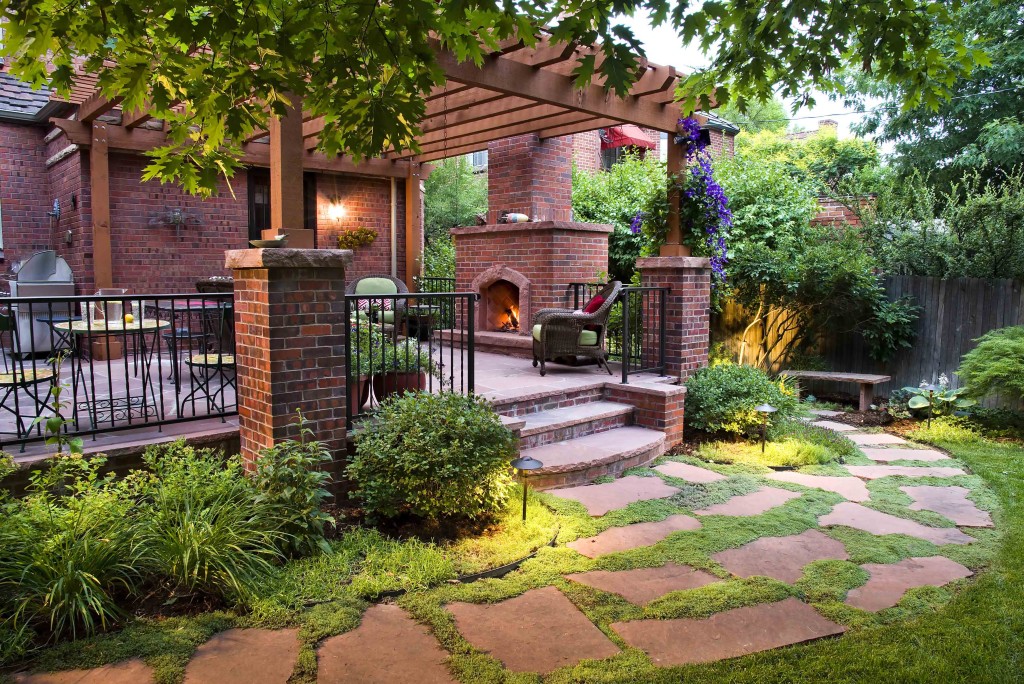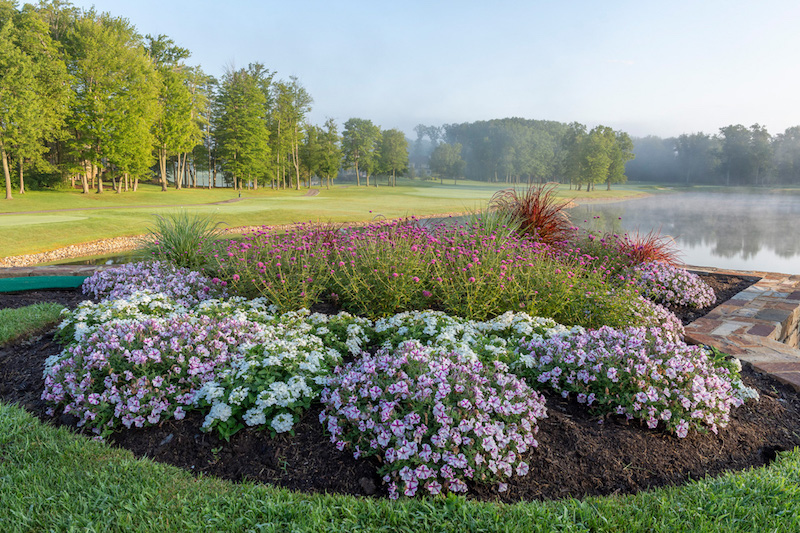Hilton Head Landscapes - Questions
Hilton Head Landscapes - Questions
Blog Article
Hilton Head Landscapes Things To Know Before You Get This
Table of Contents6 Simple Techniques For Hilton Head LandscapesThings about Hilton Head LandscapesSome Known Incorrect Statements About Hilton Head Landscapes Not known Factual Statements About Hilton Head Landscapes 7 Easy Facts About Hilton Head Landscapes ExplainedExcitement About Hilton Head LandscapesThe Best Strategy To Use For Hilton Head Landscapes
Line creates all types and patterns and can be made use of in a range of methods in the landscape. Line in the landscape is developed by the edge in between 2 materials, the overview or shape of a form, or a long direct function. Lines are a powerful device for the designer because they can be used to produce a boundless variety of shapes and types, and they control motion of the eye and the body.

Lines in the landscape. The residential properties of lines identify just how individuals respond to the landscape, both psychologically and literally.
Some Ideas on Hilton Head Landscapes You Need To Know
Straight lines are most typically located in hardscape sides and material. Bent lines produce a casual, all-natural, unwinded personality that is linked a lot more with nature and unbalanced equilibrium. Rounded lines relocate the eye at a slower speed and add secret to the space by producing concealed views. Vertical lines move the eye up, making an area really feel bigger.
Upright lines in the landscape include high, narrow plant material, such as trees, or tall frameworks, such as an arbor or a bird home on a post. Horizontal lines relocate the eye along the ground aircraft and can make an area feel bigger. Low lines are more restrained and create a feeling of remainder or repose.
Get This Report on Hilton Head Landscapes
Lines are likewise produced by the vertical kinds of developed attributes and plant material. There are 3 key line types that create kind in the landscape: bedlines, hardscape lines, and plant lines.
Bedlines connect plant product to the residence and hardscape due to the fact that the eye adheres to the line, relocating the stare via the landscape. Hardscape lines are produced by the side of the hardscape, which marks the developed framework. Line can also be developed by lengthy and narrow products, such as a fencing or wall.
Everything about Hilton Head Landscapes
Form is found in both hardscape and plants, and it is generally the leading aesthetic element that spatially organizes the landscape and usually determines the style of the garden. The form of frameworks, plant beds, and garden accessories also identifies the overall type motif of the yard. Official, geometric kinds include circles, squares, and polygons.
Plants develop kind in the yard through their describes or silhouettes, however type can also be defined by a gap or adverse space in between plants - landscaping hilton head sc (https://www.kickstarter.com/profile/h1tnhdlndscps/about). Circles can be complete circles, or they can be divided into fifty percent circles or circle sectors and combined with lines to produce arcs and tangents
How Hilton Head Landscapes can Save You Time, Stress, and Money.
Circles can also be extended into ovals and ellipses for even more range and rate of interest. Circles are a solid style form because the eye is constantly attracted to the center, which can be used to stress a prime focus or link various other kinds. Number 2. Round kinds in hardscape and grass panels.
The square kind can also be segmented and previously owned repetitively to develop a grid pattern. Unlike circles, squares are stronger on the sides, which can be lined up or overlapped to produce distinct patterns and even more intricate kinds.
Twisting lines frequently resemble the natural course of rivers or streams and can be referred to as smooth lines with deeply bent wavinesses. Twisting lines (Figure 3) work well for pathways, plant bedlines, and completely dry stream beds. Meandering lines can add interest and secret to a yard by leading viewers around corners to find new sights and spaces.
5 Easy Facts About Hilton Head Landscapes Described

Figure 5. Fragmented sides: stepping rocks in pathway. Type is the most enduring high quality of a plant (Landscaping bluffton sc). https://padlet.com/stevenagonzales/my-delightful-padlet-65fq7sgb974pr3v2. Typical plant types are well developed and standard, as type is the most regular and well-known quality of plants. Type can also be developed through the massing of plants, where the overall mass develops a various type than a private plant.
An extremely different type should be made use of with careone or 2 work well as a focal factor, however as well lots of wreak havoc. Natural plant forms, instead of over-trimmed forms, need to establish the mass of the make-up. The significance of overall kind is basically dependent on the checking out perspectivethe form of a tree can show up quite different to a person standing under the cover versus watching the tree from a range in an open area.
The Greatest Guide To Hilton Head Landscapes
Plant forms also create and define the space or open areas between the plants, producing either convex or scooped types in the gaps. High-arching tree branches normally produce a concave open room under the branches, and a rounded canopy with reduced branches fills up the room to produce a convex form in the open space under the tree.

Report this page